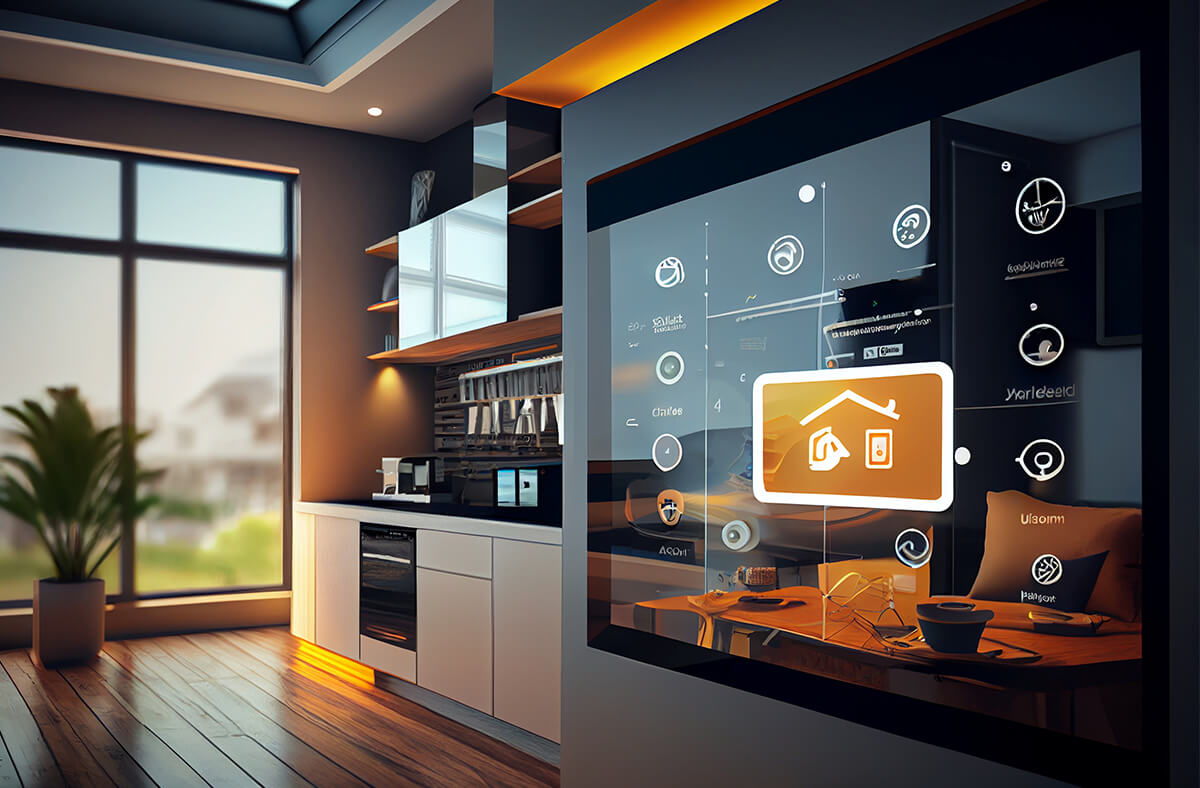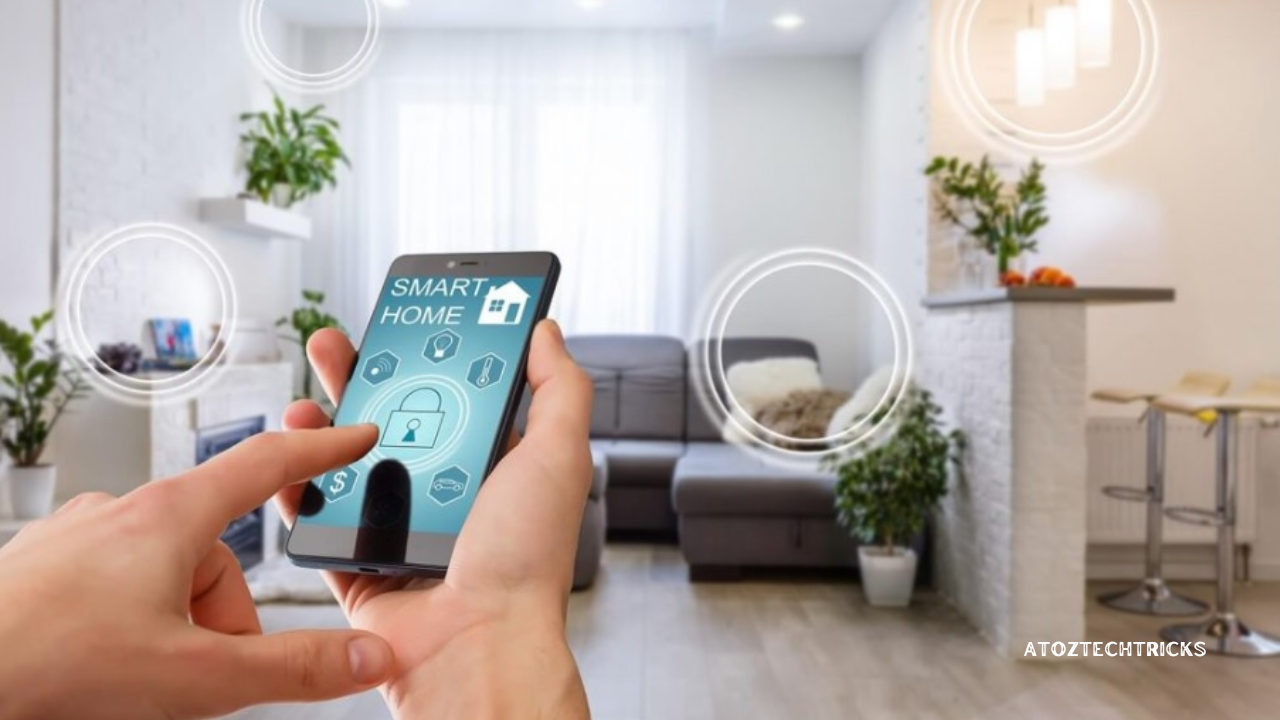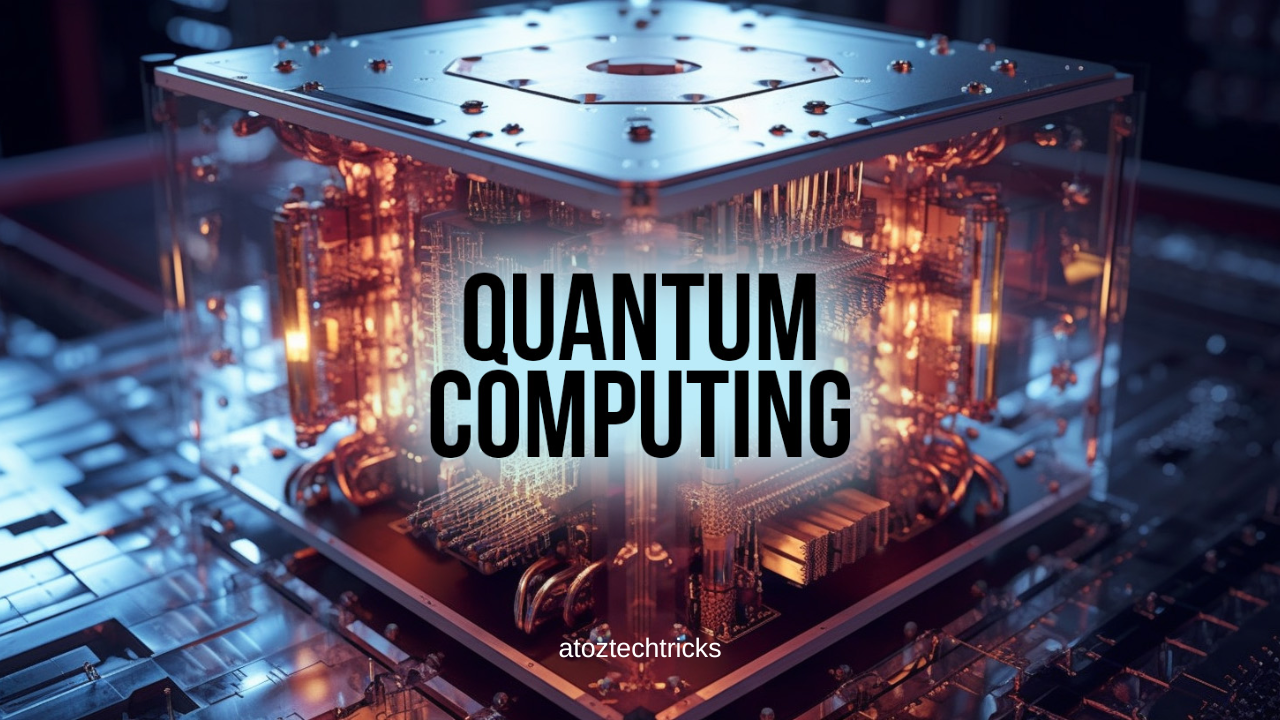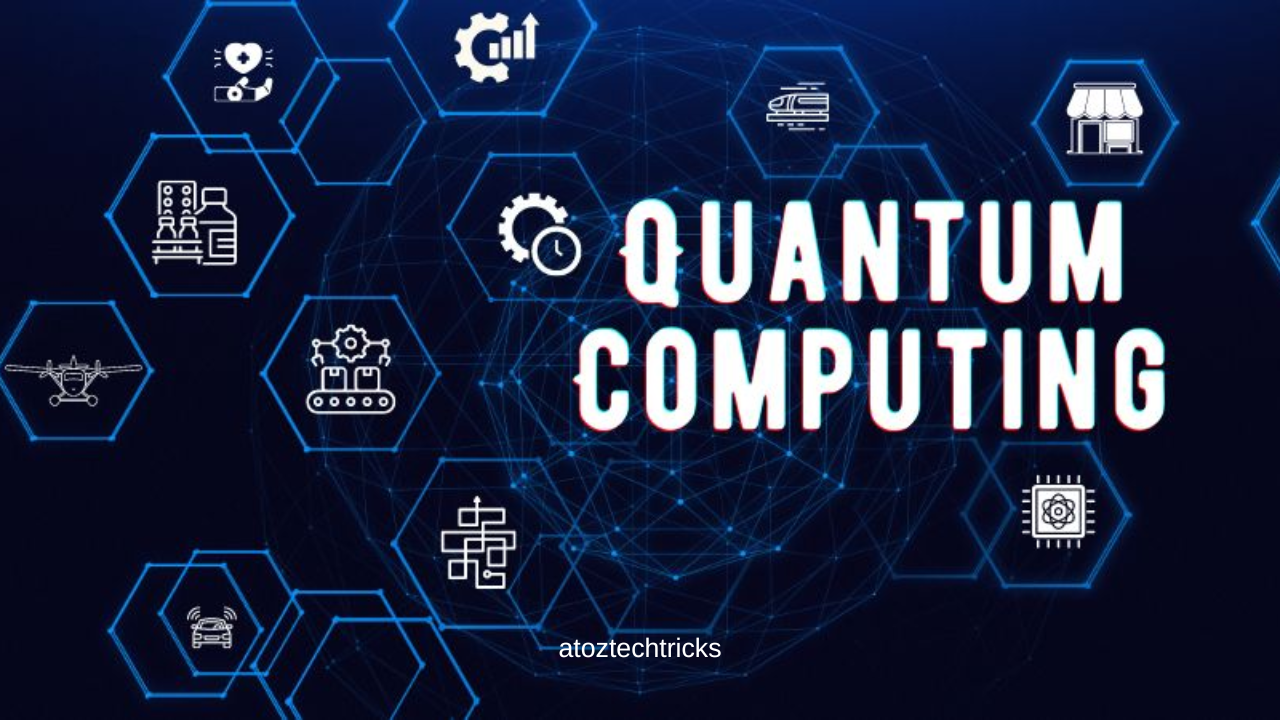The Internet of Things (IoT) in Smart Homes: Revolutionizing Modern Living
The Internet of Things (IoT) has rapidly evolved from a futuristic concept to a cornerstone of modern technology, particularly in smart homes. The integration of IoT in residential settings is transforming the way we live, offering unprecedented levels of convenience, security, and efficiency. This article delves into the world of IoT in smart homes, exploring its benefits, challenges, applications, and future potential.
Understanding IoT in Smart Homes
What is IoT?
The Internet of Things (IoT) refers to a network of interconnected devices that communicate with each other and the Internet to collect, share, and act on data. In a smart home context, IoT devices can range from thermostats and light bulbs to security cameras and refrigerators, all working together to create an intelligent, automated living environment.
Evolution of Smart Homes
The concept of smart homes has been around for decades, but it wasn’t until the advent of IoT that it became a reality for the average consumer. Early smart home technologies were limited to single-purpose devices, such as programmable thermostats or simple home security systems. Today, IoT has expanded the possibilities, allowing for fully integrated systems where multiple devices work in harmony to create a seamless and responsive home environment.
IoT in Healthcare: Revolutionizing Patient Care and Medical Systems
Key Components of IoT in Smart Homes
Smart Devices
Smart devices are the building blocks of any IoT-enabled smart home. These devices are equipped with sensors, processors, and communication capabilities that allow them to interact with each other and the broader internet. Common smart home devices include:
- Smart Thermostats: Automatically adjust the temperature based on your preferences and habits, optimizing energy use.
- Smart Lighting: Controlled remotely or set to follow schedules, smart lighting systems can reduce energy consumption and enhance home security.
- Smart Security Systems: Include cameras, motion detectors, and door/window sensors that can be monitored and controlled remotely, offering enhanced security.
- Smart Appliances: Refrigerators, washing machines, and ovens that can be controlled via smartphone apps, providing convenience and energy efficiency.
- Smart Speakers: Serve as central hubs for controlling other devices through voice commands and can integrate with various services and apps.
Connectivity and Protocols
For IoT devices in a smart home to communicate effectively, they rely on specific connectivity standards and protocols. Some of the most common ones include:
- Wi-Fi: The most widely used protocol, enabling high-speed data transfer and easy integration with existing home networks.
- Bluetooth: Ideal for short-range communication between devices, such as smart locks and wearables.
- Zigbee and Z-Wave: These protocols are designed specifically for smart home devices, offering low-power, reliable communication over longer distances.
- Thread: A newer protocol focused on security, reliability, and low power consumption, particularly for small, battery-powered devices.
Centralized Control Hubs
A key feature of smart homes is the ability to control multiple devices from a single point. Centralized control hubs, often in the form of smart speakers (like Amazon Echo or Google Nest) or dedicated apps, allow homeowners to manage their entire smart home ecosystem effortlessly. These hubs can receive voice commands, schedule device actions, and provide status updates on connected devices.

Benefits of IoT in Smart Homes
Convenience and Automation
One of the most significant advantages of IoT in smart homes is the convenience it offers. Automated systems can perform routine tasks without human intervention, such as adjusting the thermostat, turning off lights, or locking doors. Voice-activated assistants further simplify these processes, allowing users to control their home environment without lifting a finger.
Energy Efficiency
IoT-enabled smart homes contribute to energy efficiency in several ways. Smart thermostats optimize heating and cooling systems based on occupancy patterns, while smart lighting systems ensure that lights are only on when needed. Some smart appliances can even adjust their energy consumption based on the time of day, reducing the load during peak hours and lowering electricity bills.
Enhanced Security
Security is a primary concern for homeowners, and IoT has revolutionized home security systems. Smart cameras, doorbells, and locks can be monitored and controlled remotely, providing real-time alerts and footage to homeowners. Additionally, IoT devices can work together to create a more secure environment, such as turning on lights when motion is detected or locking doors automatically when everyone leaves the house.
Personalization
IoT in smart homes allows for a high degree of personalization. Devices can learn from user behaviours and preferences, tailoring their actions accordingly. For example, a smart thermostat might learn your preferred temperature settings and adjust itself automatically, or a smart lighting system could change the ambience based on the time of day or your mood.
Health and Wellness
Smart homes are also playing an increasingly important role in health and wellness. IoT devices can monitor air quality, track sleep patterns, and even remind users to take their medication. For the elderly or individuals with disabilities, smart homes offer features like fall detection, emergency alerts, and remote health monitoring, providing peace of mind to both users and their families.
Comprehensive Guide to Physical Health: Key Strategies for a Healthier Life
Challenges and Concerns
Privacy and Data Security
With the increasing number of connected devices in smart homes, privacy and data security have become major concerns. IoT devices collect vast amounts of data, including personal information and usage patterns, which could be vulnerable to hacking or misuse. Ensuring that data is securely encrypted and that devices are regularly updated with security patches is crucial to mitigating these risks.
Compatibility and Interoperability
Another challenge in the smart home ecosystem is the compatibility and interoperability of devices. Not all IoT devices are compatible with each other, and different manufacturers may use different protocols or standards. This can create issues when trying to integrate devices from various brands into a cohesive system. Efforts like the development of universal standards, such as Matter, aim to address these challenges by ensuring seamless communication between different devices.
Cost and Accessibility
While the cost of IoT devices has decreased over time, creating a fully integrated smart home can still be expensive. High upfront costs for devices, installation, and maintenance can be a barrier for many homeowners. Additionally, there is a learning curve associated with setting up and managing a smart home system, which may deter some users from adopting the technology.
Reliability and Dependence on Internet Connectivity
Smart homes are heavily reliant on stable internet connectivity. If the internet goes down or a device loses connection, the entire smart home system can be compromised. Furthermore, the complexity of these systems means that troubleshooting issues can be challenging for users who are not tech-savvy.

Applications of IoT in Smart Homes
Energy Management
Energy management is one of the most impactful applications of IoT in smart homes. Smart thermostats, lighting systems, and appliances can work together to optimize energy usage, reduce waste, and lower utility bills. Some systems even allow homeowners to monitor energy consumption in real time, providing insights into how and where energy is being used most.
Home Security
IoT has revolutionized home security by offering sophisticated and easily accessible solutions. Smart security systems provide real-time monitoring, remote access, and automated responses to potential threats. Features like facial recognition, motion detection, and AI-driven analysis enhance the accuracy and reliability of these systems, making homes safer than ever before.
Home Automation
Home automation is at the heart of the smart home experience. IoT devices can automate a wide range of tasks, from adjusting the thermostat based on weather conditions to opening and closing blinds according to the time of day. Automation not only adds convenience but also contributes to energy efficiency and home security.
Health Monitoring
For health-conscious individuals or those with specific medical needs, IoT devices can offer valuable monitoring and support. Smart beds, wearable health devices, and environmental sensors can track vital signs, sleep quality, and air quality, providing insights into health and wellness. These systems can be particularly beneficial for elderly individuals, enabling remote monitoring by caregivers and providing alerts in case of emergencies.
Entertainment and Media
The integration of IoT in smart homes has transformed the way we experience entertainment. Smart TVs, speakers, and home theatres can be controlled via voice commands or smartphone apps, allowing users to create personalized entertainment experiences. IoT also enables seamless streaming of content across multiple devices, ensuring that entertainment is accessible anywhere in the home.
Smart Kitchens
Smart kitchens are becoming increasingly popular, with IoT devices that streamline cooking and food management. Smart refrigerators can keep track of food inventory, suggest recipes, and even order groceries automatically. Smart ovens and cooktops can be controlled remotely, ensuring that meals are cooked to perfection with minimal effort.
Future Trends in IoT for Smart Homes
AI and Machine Learning Integration
The future of IoT in smart homes will likely see a deeper integration of artificial intelligence (AI) and machine learning. These technologies will enable devices to learn from user behaviour and environmental conditions, becoming more intuitive and responsive over time. For example, AI-driven systems could predict energy usage patterns and make real-time adjustments to optimize efficiency.
Increased Focus on Sustainability
As concerns about climate change and resource conservation grow, the role of IoT in promoting sustainability within smart homes will become increasingly important. Future smart homes may incorporate more advanced energy management systems, renewable energy sources, and water conservation technologies. IoT devices could also play a role in waste reduction by monitoring and optimizing resource use.
Enhanced Interoperability and Standardization
The issue of compatibility and interoperability is expected to improve as industry standards evolve. Initiatives like Matter, which aim to create a universal standard for smart home devices, will facilitate easier integration of devices from different manufacturers. This will make it simpler for consumers to build and expand their smart home systems without worrying about compatibility issues.
Expansion of 5G Networks
The expansion of 5G networks will have a profound impact on IoT in smart homes. With faster data transfer speeds and lower latency, 5G will enable more reliable and responsive IoT devices. This will enhance the overall performance of smart home systems, allowing for more complex and real-time interactions between devices.
Growth of Edge Computing
Edge computing, which involves processing data closer to the source rather than relying on centralized cloud servers, is expected to play a significant role in the future of IoT in smart homes. This approach reduces latency, improves data security, and allows for real-time decision-making. As edge computing becomes more prevalent, smart homes will become more efficient and responsive.
The Internet of Things (IoT) is revolutionizing the concept of smart homes, transforming them into intelligent, connected environments that offer unparalleled convenience, security, and efficiency. As technology continues to evolve, the potential applications of IoT in smart homes will expand, creating new opportunities for enhancing our daily lives.

However, the widespread adoption of IoT in smart homes also presents challenges, particularly in terms of privacy, security, and interoperability. Addressing these challenges will be crucial to ensuring that the benefits of IoT are fully realized while minimizing risks.
Looking ahead, the integration of AI, machine learning, and edge computing, along with the expansion of 5G networks and the development of industry standards, will drive the next wave of innovation in smart homes. As these technologies mature, smart homes will become even more sophisticated, offering personalized, sustainable, and secure living environments for people around the world.
The future of IoT in smart homes is bright, promising a new era of modern living where technology seamlessly integrates with our everyday lives, making our homes not just smarter but also more attuned to our needs and the environment.




Post Comment